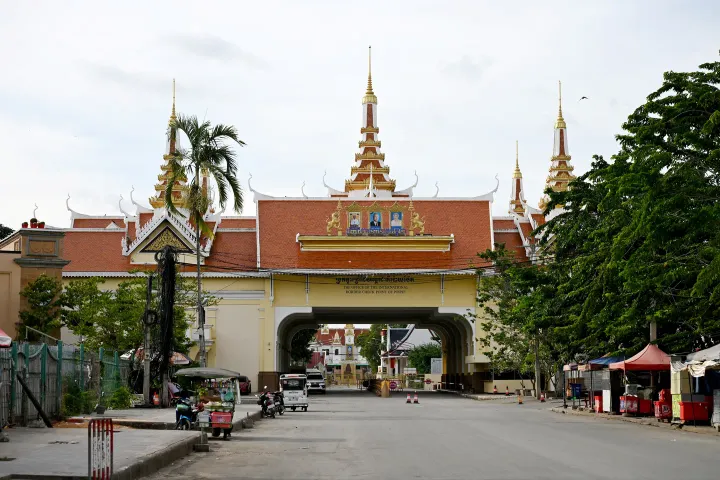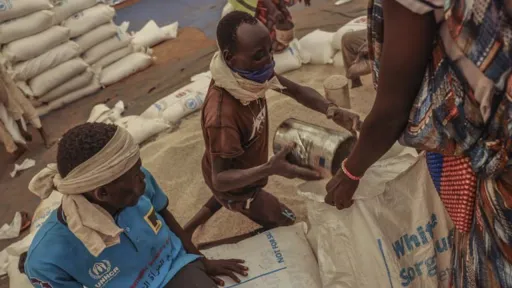By Abdulwasiu Hassan
Chewing of sugarcane is commonplace in northern Nigeria, a region widely known for commercial production of the crop.
On a typical day, you would easily come across people enjoying their sugarcane, chewing and chatting the day away.
During consumption of the cane’s juice, you would hear people making remarks – consciously or subconsciously – suggesting how sweet their cane is.
In the local Hausa dialect – a language spoken by millions of people – that action is called “santi”.
When one utters “santi” remarks, the people around him would react by teasing or laughing to capture the speaker’s attention.
Valued crop
Sugarcane is highly valued in northern Nigeria, and has been part of the region’s culture for ages now.
There has, however, been a change in how the crop is chewed as generations advance.
“A lot of young people nowadays split the sugarcane into two or even smaller parts, and then chew juice from the fragmented pieces,” Amir Muhammad Hardo, a middle-aged man from northern Nigeria, tells TRT Afrika.
“I grew up knowing the sugarcane is chewed methodically by using the teeth to peel off its sheath. We don’t split the cane using a kitchen knife or other sharp objects,” he said.
Hardo observes that sugarcane planted during the rainy season is not as sweet as the one cultivated during drier seasons.
Second largest sugar market
“Sugarcane grown in relatively drier conditions produce higher levels of ‘santi’. I’d advise that one should not chew the sweeter cane in formal settings such as the workplace,” he says.
Commercially, sugarcane is used as the main raw material for sugar production.
Nigeria is the second largest sugar market in sub-Saharan Africa, behind South Africa.
The West African country has witnessed a reduction in sugarcane production over the years, prompting the government to allow sugar imports to address the resultant shortage.
Estimates show that Nigeria's sugarcane consumption is expected to drop to 73,000 metric tonnes by 2026, down from 81,000 metric tonnes in 2021.
























